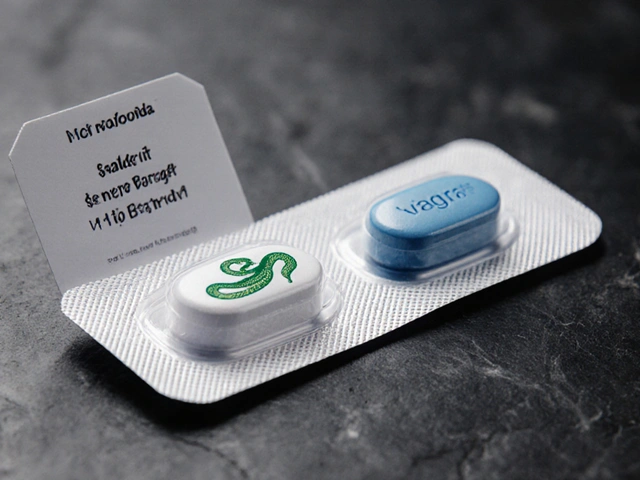Antibiotic Resistance – What It Is and How to Fight It
Every time you take a pill for an infection, you’re playing a part in a big puzzle. If the drug is used wrong—wrong dose, too short, or for the wrong illness—bacteria can learn to survive. That learning is what we call antibiotic resistance, and it makes once‑easy infections harder to cure.
Resistant bugs don’t just stay in the lab; they show up in hospitals, clinics, and even at home. A sore throat that used to clear up fast can linger, and a simple urinary infection can need stronger, more expensive medicines. The more resistant bacteria spread, the fewer options doctors have, and the higher the risk of serious illness.
Why Resistance Happens
Imagine a crowd of bacteria as a mix of strong and weak members. When you give a full dose of an antibiotic, it kills most of the weak ones, but any that happen to have a tiny shield survive. Those survivors multiply, and the next round of antibiotics finds a tougher crowd.
Two main habits speed this up. First, taking antibiotics for viral colds or flu—viruses don’t need antibiotics, so the medicine just hits the harmless bacteria in your gut. Second, stopping the prescription early because you feel better. The remaining bacteria get a free pass to develop that shield.
Even buying antibiotics online without a proper prescription adds to the problem. Some sites sell cheap pills that may be fake, under‑dosed, or the wrong drug entirely. That kind of mix‑up is a perfect breeding ground for resistance.
How to Protect Yourself
Start with the basics: use antibiotics only when a doctor prescribes them for a bacterial infection. Ask your clinician why you need the drug, how long to take it, and what side effects to watch for.
If you need to buy an antibiotic online—say, Ampicillin for a skin infection or Duricef for a sinus issue—choose a reputable pharmacy that requires a valid prescription. Check that the site is licensed, reviews are transparent, and the price isn’t unbelievably low. Cheap often means fake.
Finish the full course, even if you feel better after a few days. Set a reminder or use a pill organizer to keep the schedule straight. If you miss a dose, take it as soon as you remember, but don’t double up.
Good hygiene also cuts the spread of resistant bugs. Wash hands often, keep wounds clean, and stay up to date on vaccinations that reduce the need for antibiotics in the first place.
Finally, talk to your pharmacist. They can flag risky interactions, suggest alternatives, and help you spot a trustworthy online source. A quick check now can save a lot of trouble later.
Antibiotic resistance might sound scary, but everyday actions—finishing your prescription, avoiding unnecessary drugs, and buying from legit sources—make a big difference. Stay informed, follow the guide, and you’ll help keep antibiotics working for everyone.
September 25, 2025
Alyssa Penford
16 Comments
Explore how Terramycin stacks up against doxycycline, azithromycin, and other antibiotics. Get clear guidance on choosing the right drug, side‑effects, and resistance risks.





